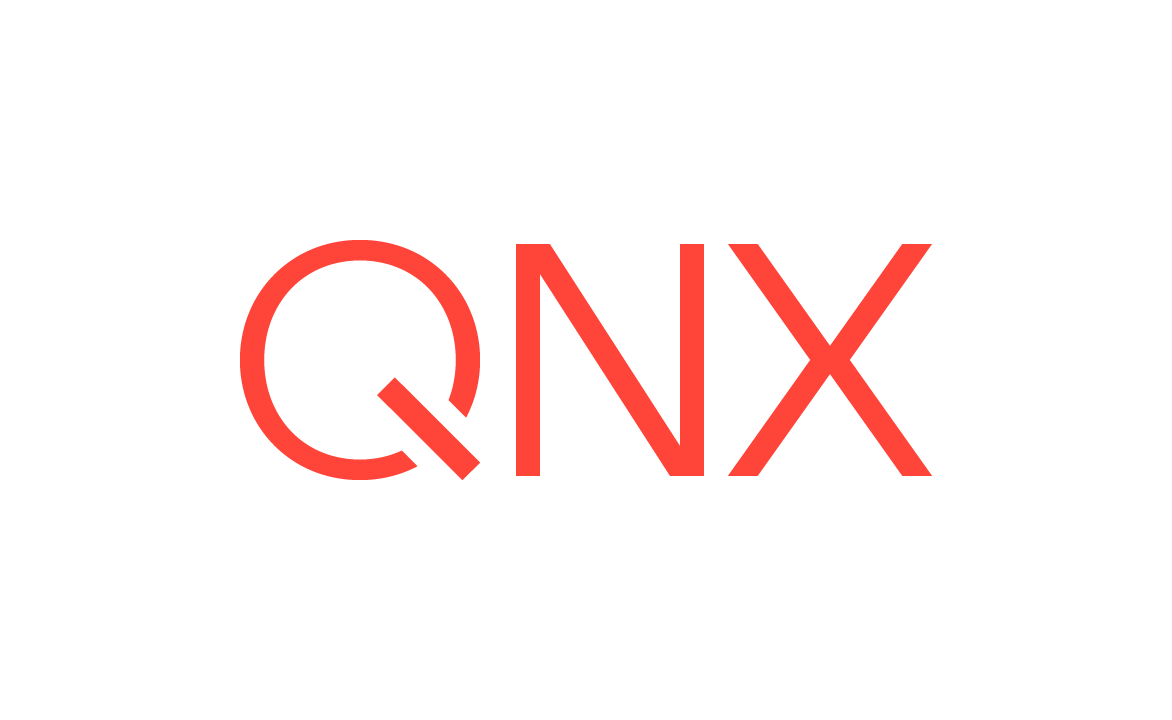fs-ext2.so
Linux Ext2 filesystem
Syntax:
driver ... ext2 ext2_options ... &
Runs on:
QNX OS
Options:
- unfixbadver
- Turn off workarounds for corrupt volumes created by the buggy 1.19 version of mke2fs.
- prealloc
- Enable file preallocation methods to improve file write performance.Warning:In case of an unclean shutdown, there is a possibility of leaked blocks. Use the checker utility e2fsck to recover such blocks.
Description:
The fs-ext2.so shared object provides transparent access to Linux disk partitions. This implementation supports the standard set of features found in Ext2 versions 0 and 1.
Sparse file support is included in order to be compatible with existing Linux partitions. Other
filesystems can only be stacked
read-only on top of sparse files. There are
no such restrictions on normal files.
If an Ext2 filesystem isn't unmounted properly, a filesystem checker is usually responsible for cleaning up the next time the filesystem is mounted. Although the fs-ext2.so module is equipped to perform a quick test, it automatically mounts the filesystem as read-only if it detects any significant problems (which should be fixed using a filesystem checker).
The following features are not currently supported:
- dirty ext3 journal
- compression
- encryption
- extents
- 64 bit block addressing (very large filesystems)
The following features allow for a filesystem to be mounted as read-only:
- huge files greater than 4 GB in size
- quotas
- bigalloc
For details on filesystems that QNX OS supports, including their drivers and tool set, see the Filesystems chapter of the System Architecture guide.
Caveats:
Although Ext2 is the main filesystem for Linux systems, we don't recommend using fs-ext2.so as a replacement for the Power-Safe (fs-qnx6.so) filesystem. Currently, we don't support booting from Ext2 partitions. Also, the Ext2 filesystem relies heavily on its filesystem checker to maintain integrity; this and other support utilities (e.g., mke2fs) are available as part of a separate, optional package in the QNX SDP. Please contact QNX support if you need access to these tools.
